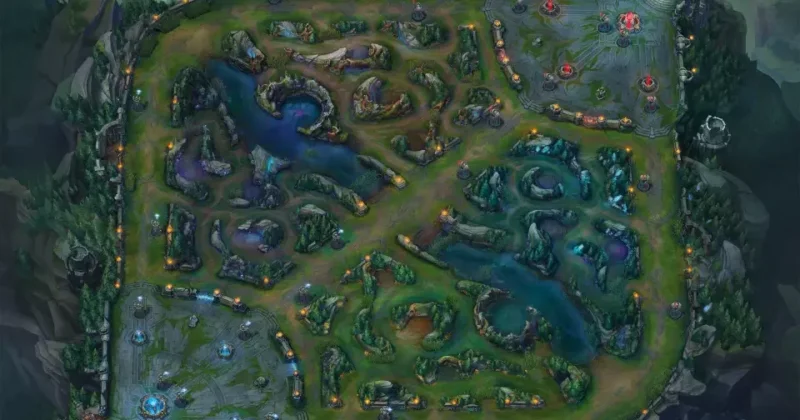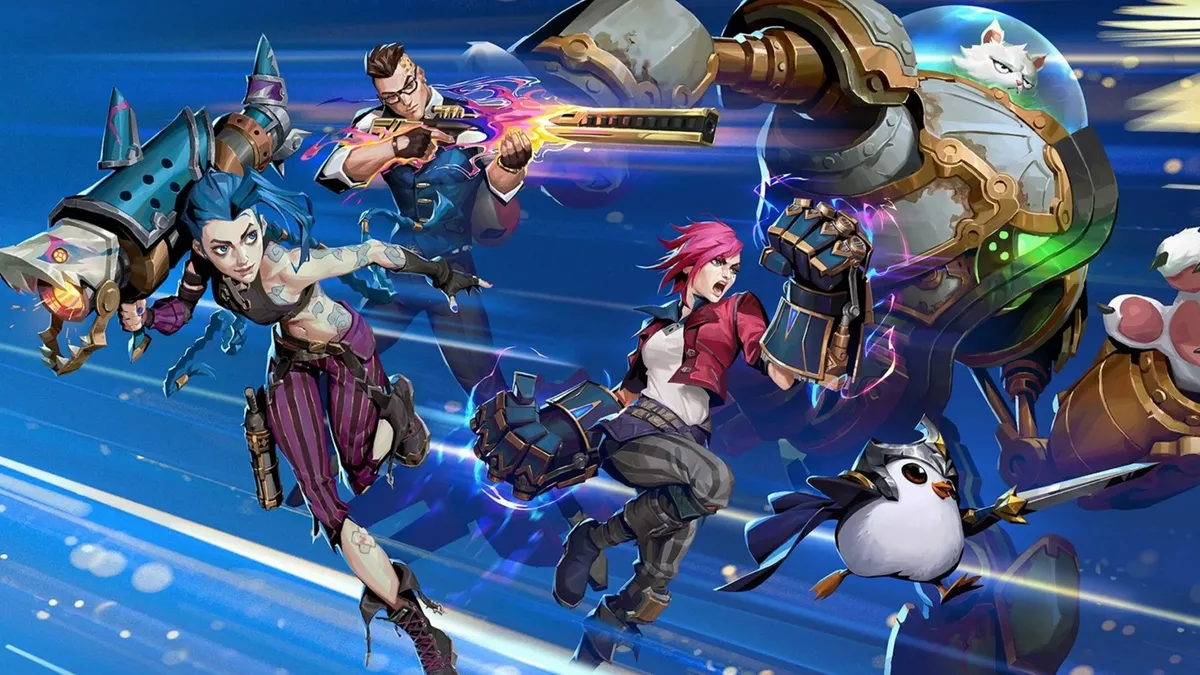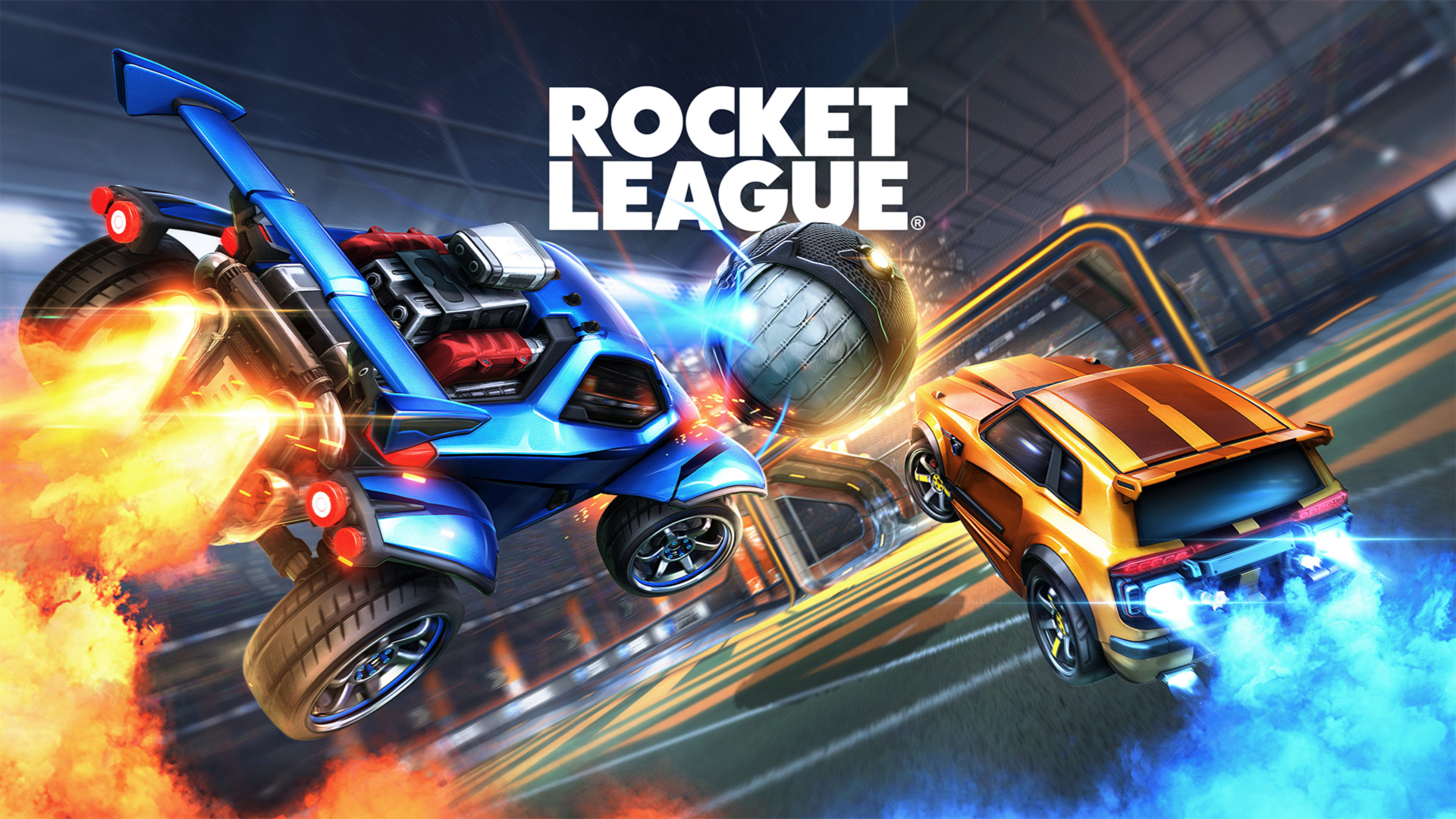A Comprehensive Guide to Jungle in League of Legends

The jungle role in League of Legends is arguably one of the most intricate and dynamic positions in the game. As a jungler, you are tasked with navigating the treacherous terrain of the jungle, securing objectives, ganking lanes, and maintaining map control. To succeed in this role, you must be a master of multitasking, strategy, and adaptability. In this comprehensive guide, we’ll delve into the world of jungle in League of Legends, exploring the key components, strategies, and tips to help you become a formidable jungler.
Understanding the Basics
Before we dive into advanced strategies, it’s essential to grasp the fundamental concepts of jungling.
1. The Jungle Camps
The jungle is populated with a variety of camps, each with its unique monsters. These camps provide experience points (XP) and gold to the jungler. The most critical camps to consider are:
- Blue Sentinel (Gromp): Provides the Gift of Heavy Hands buff, which empowers your auto attacks.
- Red Brambleback (Red Buff): Grants the Crest of Cinders buff, which applies a slowing effect and damage over time on attacks.
- Rift Scuttler: Offers vision control and provides a speed shrine.
- Dragon and Baron Nashor: These powerful epic monsters provide substantial global bonuses to your team.
2. Role and Responsibilities
As a jungler, your primary responsibilities include:
- Clearing the jungle: Killing monsters to gain XP and gold.
- Ganking: Attacking lanes to assist your teammates in securing kills or forcing opponents to retreat.
- Objective control: Securing Dragon, Baron Nashor, and Rift Herald to provide significant benefits to your team.
- Vision control: Placing wards and denying the enemy vision with Control Wards.
Jungle Pathing and Route
Your jungle pathing determines your efficiency and effectiveness as a jungler. Common jungle routes include:
- Full Clear: Clear all jungle camps to maximize XP and gold. It’s a conservative but reliable path.
- Buff to Buff: Clear your two buff camps, then gank a lane or invade the enemy jungle.
- Level 3 Gank: Clear two buff camps and one additional camp for level 3, then gank a lane.
- Vertical Jungling: Clear your jungle camps on one side of the map and invade the enemy jungle on the other side.
Your choice of route should depend on your champion’s strengths, the state of the lanes, and your team’s overall strategy.
Champion Selection and Adaptation
Champion selection is crucial for jungle success. Champions fall into three primary categories:
- Tank/Initiator: These champions excel at soaking up damage and initiating team fights. Examples include Amumu, Sejuani, and Zac.
- Carry: Carry junglers deal high damage and scale well into the late game. Popular choices include Master Yi, Kayn, and Kha’Zix.
- Supportive: Supportive junglers focus on utility and crowd control. Champions like Nunu, Ivern, and Gragas fit this role.
Choose your champion based on your team composition and the needs of your team. Be prepared to adapt your build and playstyle as the game progresses.
Ganking and Map Awareness
Ganking is a core aspect of jungling. Here are some ganking tips:
- Map awareness: Continuously monitor the minimap to identify opportunities for ganking or assisting your teammates.
- Lane control: Pay attention to the lanes’ positions and the enemy’s behavior to identify the best times to gank.
- Pings and communication: Coordinate with your teammates using pings and communicate your intentions before ganking.
- Gank paths: Use alternative routes and avoid common wards to catch the enemy by surprise.
Objective Control and Vision
Objective control is vital for securing victory in League of Legends. It includes:
- Dragon control: Dragons provide unique bonuses, and securing them can swing the game in your favor. Communicate with your team about dragon priority.
- Baron Nashor and Rift Herald: These epic monsters can help break enemy defenses or push lanes, creating a significant advantage for your team.
Vision control is equally important:
- Ward placement: Strategically place wards in key areas to maintain map control.
- Clear enemy vision: Deny the enemy’s vision by removing their wards with Control Wards.
Counter-Jungling and Invasions
Counter-jungling involves invading the enemy jungle to disrupt the enemy jungler’s path and steal their camps. Be cautious when counter-jungling and maintain map awareness to avoid traps or getting caught by the enemy team.
Teamfighting and Objectives
In teamfights, your role as a jungler depends on your champion’s category. Tanks should initiate and peel for their team, carries should deal damage, and supportive junglers should provide crowd control and utility. Secure objectives like Baron Nashor, Dragon, and turrets to maintain control of the game.
Conclusion
Jungling in League of Legends is a multifaceted role that demands adaptability, strategy, and a deep understanding of the game’s mechanics. By mastering jungle pathing, champion selection, ganking, objective control, and teamfighting, you can become a formidable jungler. However, it’s essential to remember that practice and experience are key to mastering this role. With time and dedication, you can navigate the jungle with confidence, securing victories and contributing to your team’s success.



